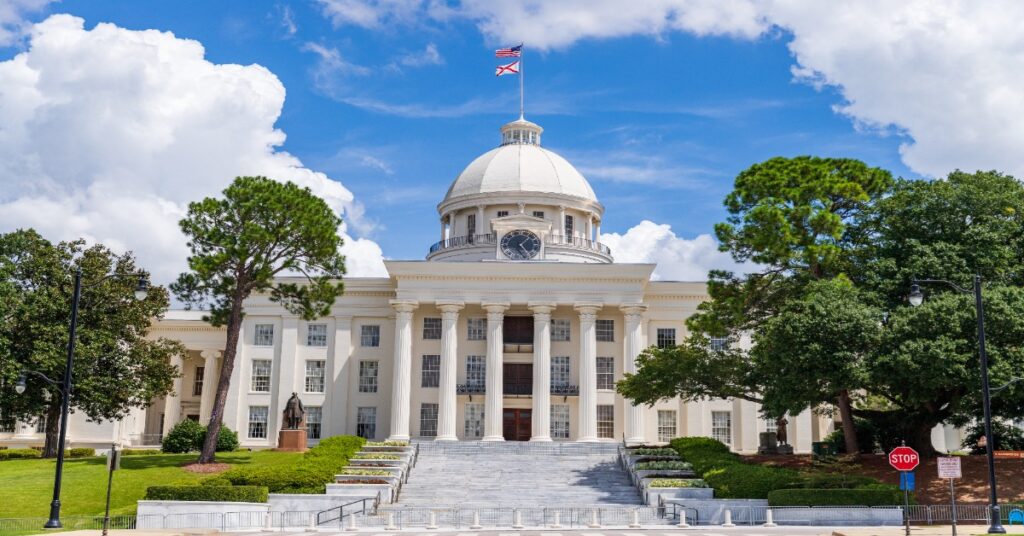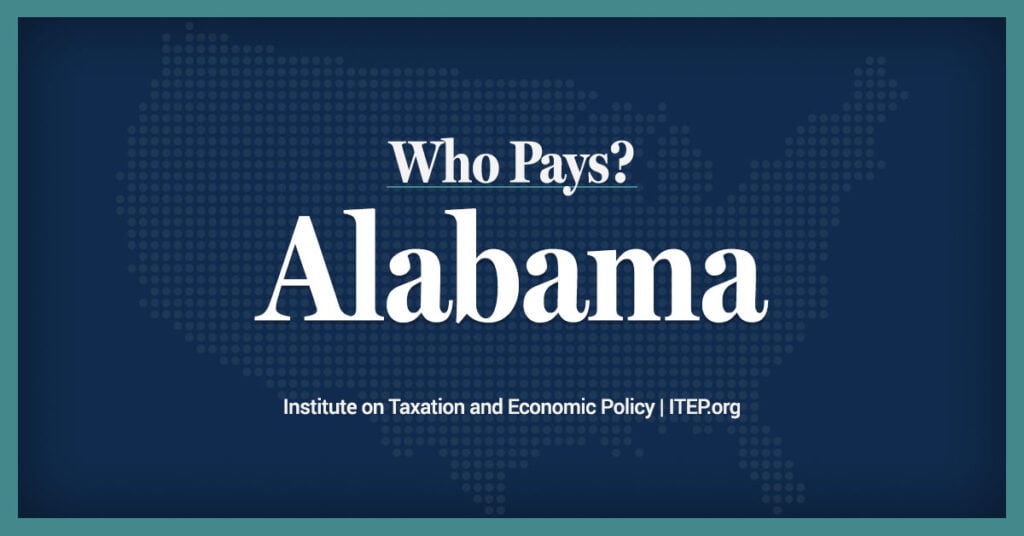August 15, 2010
Which statement is true? 1. Compared to the rest of the nation, Alabamians pay a low rate of state and local taxes. 2. Compared to the rest of the nation, Alabamians pay a high rate of state and local taxes.
Actually, both statements can be true, or they can be false, depending upon which Alabamians you happen to be talking about.
Overall, Alabama’s state and local tax load is near the bottom among the states, just as it has been for many years.
For the 2008 fiscal year, only residents of South Carolina paid less in state and local taxes on average than did residents of Alabama. For the two years prior to that, Alabama ranked dead last in the nation.
Alabama state and local governments collected $3,002 per person in fiscal 2008, according to the Birmingham News.
But very few people in Alabama fall at that statistical average. And because Alabama taxes fall so heavily on the working poor compared with the well-to-do, there’s a good chance that many of our readers don’t really feel like their taxes are low.
In 2009, a family of four in Alabama paid the country’s highest state income tax on poverty-line earnings, according to the Center on Budget and Policy Priorities. And since Alabama also charges a relatively high sales tax, which takes a larger portion of a low-income working family’s earnings, such families take a double hit.
According to the report, Alabama had the nation’s highest income tax for a two-parent family of four at the poverty line. A family of four at that income, estimated at $21,947 in 2009, owed $468 in Alabama income tax. The state income tax on the same family in 2009 was $218 in Georgia and $70 in Mississippi.
The CBPP reported that just 13 states collected any state income tax at all from such families.
Only one state — Montana — started collecting income taxes at a lower income threshold than Alabama. A two-parent family of four begins to owe income tax in Alabama when family members make just $12,600.
Alabama’s heavy reliance on sales taxes also tends to hit low-income working families harder, but it has high sales taxes that hit many middle-income families hard as well.
The Institute on Taxation & Economic Policy reports that the bottom 80 percent of taxpayers in Alabama, who earn up to $78,000 a year, pay twice the percentage of their incomes in state and local taxes than the top 1 percent of income earners.
According to the institute, the top 1 percent of income earners — who have an average yearly income of more than $1 million — pay 4.8 percent of that income in state and local taxes.
That compares with the lowest 20 percent of earners(with average incomes of $10,400), who pay 10.2 percent. The second lowest 20 percent (with average incomes of $21,000) pay 10.5 percent; the middle20 percent (average income $34,600) pay 9.5 percent; and the fourth 20 percent (average income $59,300) pay 8.2 percent of their incomes in state and local taxes.
Look only at averages, and Alabama appears to be a low-tax state. But working families and the middle class still are hit hard by taxes compared to their counterparts in many other states.
Because of its low average state and local tax burden, Alabama underfunds many state programs — notably public schools and social services. But because of the inequities in how that burden is spread, the working poor and the middle class bear a much larger share of the load than they should.





